Suriname flour beetle: According to statistics, every fifth batch of grain is infected with this beetle. Who is he? And how does it appear in a closed package? (6 photos)
Humans are the dominant species on the planet. But this is not certain: there are a lot of all kinds of living creatures that put a bolt on our greatness. And while you are glued to the computer, someone else is in charge of the kitchen, eating your reserves of flour and cereals for a rainy day. Meet His Majesty the Surinamese flour eater, the menace of kitchen cabinets, the lord of barns, the great grain eater and vassal of Hunger. 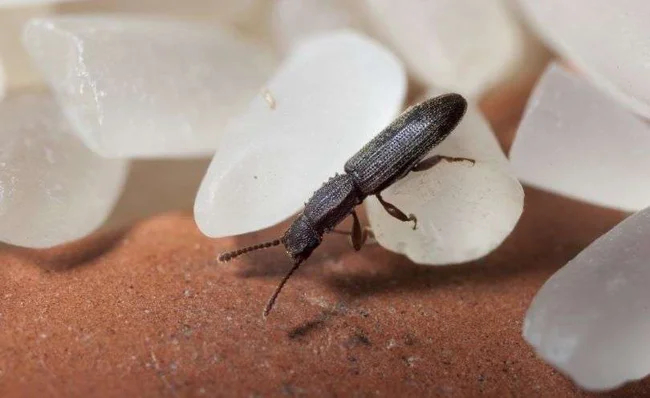
Although you can’t tell from their appearance: these are small brown beetles no more than 3 millimeters long. You cannot see them with the naked eye. How can such a small thing cause such big trouble? 
The history of this formidable pest began somewhere in South Asia, in the damp forest floor of the tropical forest. The ancestors of mukoeds lived there, ate all sorts of rubbish and enjoyed life. This went on for centuries and millennia, but one day several beetles discovered a poorly closed jug of cereal and decided to settle in it... Thus began the story of the great guerrilla war against man. 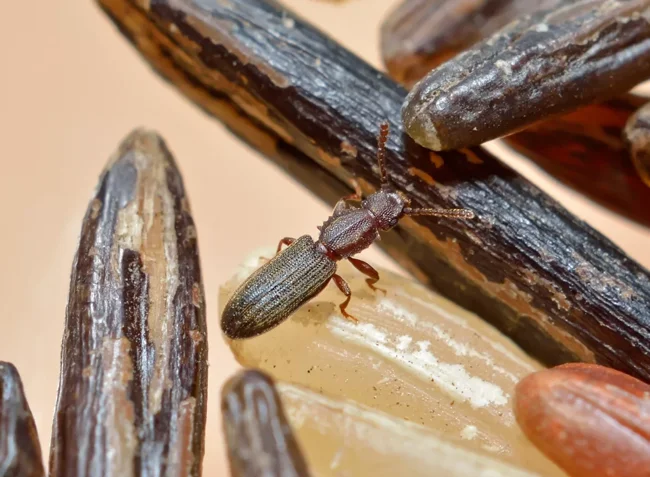
Both adults and larvae feed on dry delights - cereals, flour, dried fruits. Moreover, they reproduce like zerg: each female lays up to 300 eggs, from which a new army of beetles grows in just a month. It will take them only three months to occupy a pack of millet. A large bag of flour will go in four to five. And in a year they are capable of completely devouring a giant granary or barn. 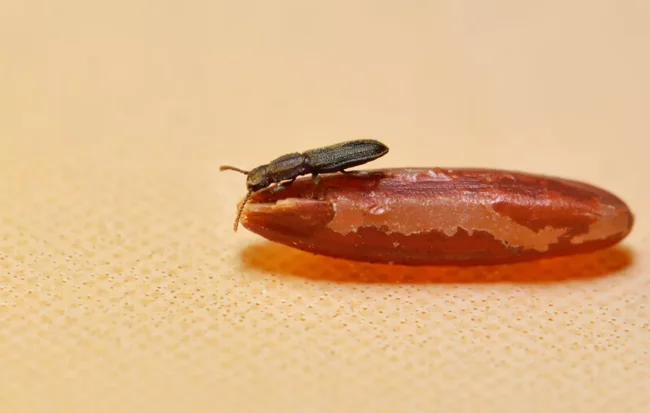
However, food from an infected barn becomes unusable long before it is eaten. After all, beetles not only eat, but also constantly poop, contaminating the food with their excrement products. Various bad bacteria and fungi happily settle in their excrement, some of which are toxic and can cause poisoning.
The beetles themselves, their larvae and eggs are not poisonous, but they can also cause stomach problems, for example, if a person has a food allergy. If you encounter these reptiles in your food, believe me, it’s better not to tempt fate and immediately throw away the portion along with the spoiled pack. 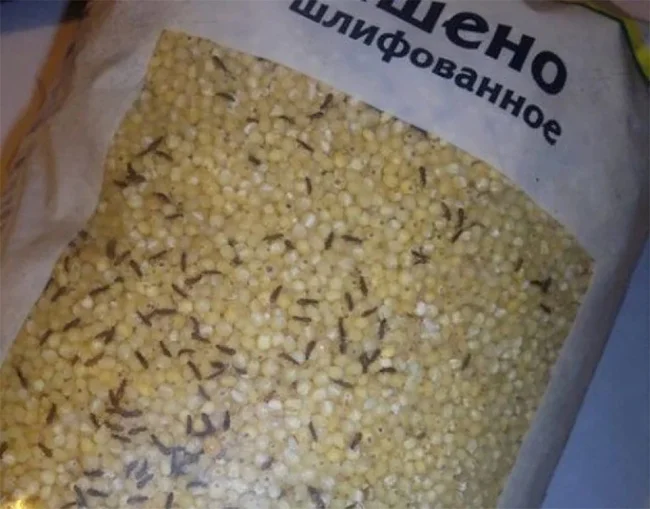
Several beetles can easily get into the pack while still at the factory. It's almost impossible to track. And there the uncontrolled reproduction begins.
Taking advantage of their microscopic size and monstrous fecundity, mukoeaters began to seize all the food supplies they could get their hands on. The scope of these conquests is mind-boggling. Do you think your pack of spoiled semolina is a disaster? Not so! According to statistics, every fifth batch of grain is contaminated with them, and every year these invisible troglodytes destroy thousands of tons of cereal. They cannot organize global famine, of course, but they cause enormous damage to agriculture, especially in tropical countries. 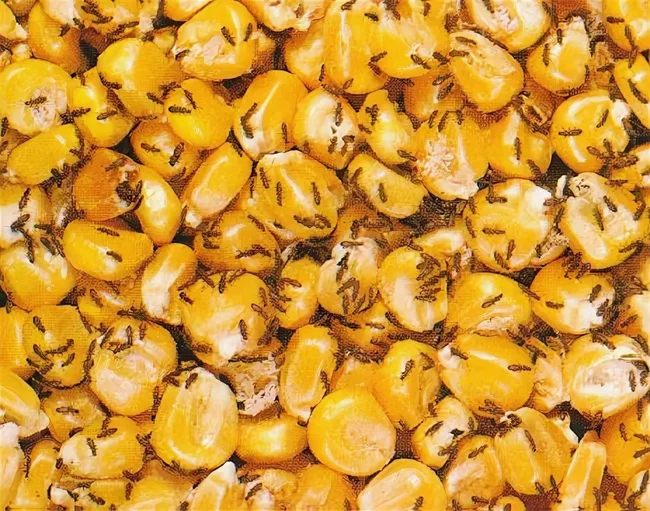
How to deal with this scourge? Of course, we are not able to save millions of tons of Indian grain from pests. But, at a minimum, we can protect our patrimony from them. It's very simple: cover the food so that no insect can get through. And use what you have opened immediately. And then no bugs will be scary!





